Why Do Plaster Walls Crack
Cracks in plaster walls will generally appear in the weakest areas of the wall, and there are a whole host of reasons why plaster walls crack. It can be anything from the age of the plaster, building or structural damage, general wear and tear, or the quality of the plaster when it was initially applied.
Table of contents
- Different Types Of Cracks In Plaster Walls
- Cracks Under One Millimetre in Width In Plaster Walls
- Cracks Between Five and Fifteen Millimetres Wide In Plaster Walls
- Vertical Running Cracks
- Diagonal Cracks
- Cracks That Appear In Plaster Walls Around Door And Window Frames
- The Age of the plaster
- FAQs
- Should You Worry If You Have A Crack In The Plaster?
- Talk To The Team At Top Gun
So in this article, we’ll look further into why plaster walls crack and the types of cracks that appear, plus give you some answers as to why this happens and tips on how they can be repaired.

Different Types Of Cracks In Plaster Walls
A variety of cracks can appear in plaster walls, and in most cases, small hairline cracks are nothing to worry about.
However, wider, more severe horizontal cracks that occur over the top of doorways or that appear diagonally instead of vertically could signify something a bit more serious, and you should speak to a professional plasterer for advice.
Cracks Under One Millimetre in Width In Plaster Walls
Slight cracks in plaster walls under one millimetre in width are known as hairline or spider web cracks and really aren’t a big concern.
If cracks like these start to appear, it means there is a crack in the plaster but not in the actual wall itself, and they can easily be filled and painted over.
Cracks Between Five and Fifteen Millimetres Wide In Plaster Walls
However, if you have cracks in your plaster walls that appear to be wider, say between five and fifteen millimetres, this could be a much bigger issue.
As it is unlikely to be something more than the plaster drying out too fast or the house settling if it’s a new build. When this situation arises, you need to have the walls inspected by a structural engineer as they may be structural damage that requires urgent attention.
Vertical Running Cracks
Straight vertical cracks in plaster usually appear when the plaster expands in humidity and shrinks as it dries out, this is often quite common in new home builds or recently applied plaster.
In this case, instead of having them fixed straight away (as more will likely appear), it’s best to wait until the plaster is thoroughly dried out before you go about filling the cracks and repainting the wall.
Diagonal Cracks
Diagonal moving cracks or jagged cracks in your plaster walls could be an indication of structural movement and should be considered slightly more severe than vertical cracks.
If cracks like these start to appear in the plaster, it will make sense to have them inspected by a professional plastering service like Top Gun.
Cracks That Appear In Plaster Walls Around Door And Window Frames
Cracks that appear in the plaster walls around door and window frames are usually the result of either the window or door frame compromising the strength of the wall and so causing cracks to appear.
Or it could be down to general wear and tear due to constantly slamming the door or window shut. Again these types of cracks in the plaster aren’t usually anything to worry about and can be easily repaired.
The Age of the plaster.
The age of the plaster can also have a lot to do with why plaster walls crack; for example, old lath and plaster walls tend to crack.
This is because, over time, the plaster separates itself from the original wooden lath or brick walls, creating structural cracks.
Also, old plaster is prone to develop thinner spider-web-like cracks, which tend to happen when the old topcoat of the plaster starts to crumble and degrade.
FAQs
How To Repair Cracks In Plaster Walls
Here at Top Gun Plastering, our customers often ask how they can go ahead about repairing cracks or wall cracks in a plaster wall, and we always say to them it depends on the type of crack and how much damage there is to the plastered wall. Once you know that, you can set about repairing cracks in plaster walls, as we have suggested below.
Hairline Cracks
In most cases, you can repair wall cracks in plaster yourself with time and patience. For example, minor hairline cracks in a living room wall can easily be filled and painted over, removing any damage.
Plaster Cracks Around Door And Window Frames
In contrast, vertical plaster cracks or those around door and window frames will take a bit more effort to repair.
Prepare The Damaged Area
In this situation, start by using a painter’s putty knife to scrape out any existing loose plaster debris and dust from the crack and to open up the crack slightly – opening up the crack will make it easier for you to apply the joint compound.
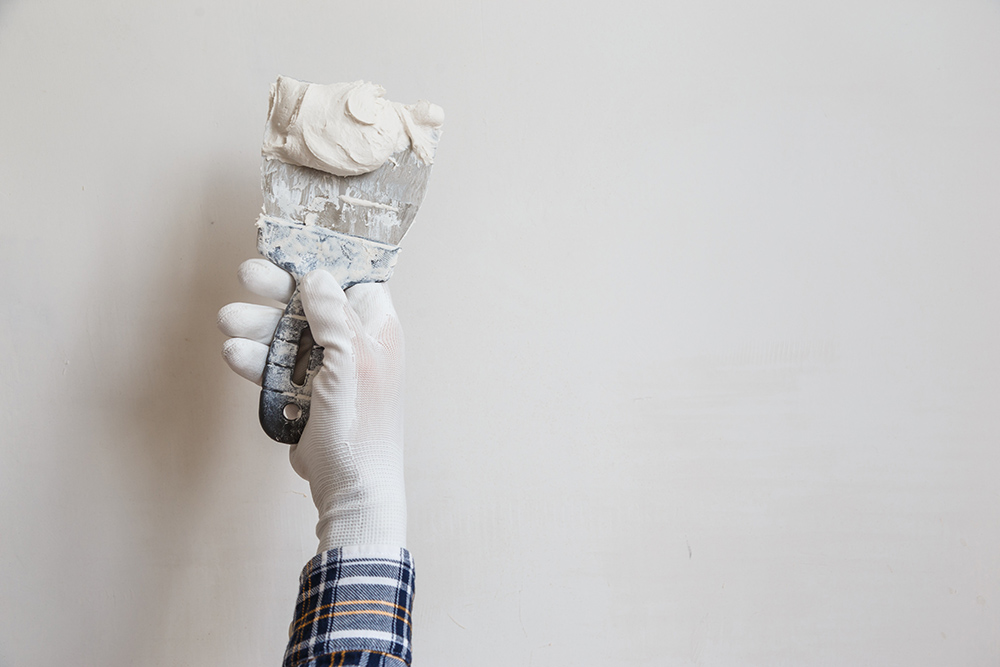
Work Methodically and Take Your Time
Then using the putty knife, apply a thin layer of joint compound (you can buy ready mixed joint compound from most large DIY Stores and building materials suppliers) to the whole length of the crack.
Remove Any Excess Compound
Start at one end of the crack you are repairing and drag the mixture along the gap, pushing it into the damaged area.
Remove any excess compound by pulling the blade of the knife across the crack at an angle to the crack.
Apply A Second Coat
Then, once you’ve applied the compound to the entire crack length, immediately apply a second coat of compound, removing any excess.
After you have applied the second layer, you need to wait for roughly 45 minutes to an hour for it to be fully dry.
Sand Down Any High Spots
Once the compound is entirely dry, lightly sand the repaired area to remove any high spots and ridges while also feathering the edges of the repair.
If you can still see the crack in the plaster, then apply a third coat of compound and again feather the edges with sandpaper once it’s dry.
Ready For Painting
Once the compound mix is thoroughly dry, use a damp cloth to remove any dust from the repair, and the wall is ready to be painted.
Should You Worry If You Have A Crack In The Plaster?
As we said earlier, the good news is that, luckily, most cracks in plaster walls are entirely normal, even in new house builds and are often cosmetic that won’t cause problems in the future.
Talk To The Team At Top Gun
However, for peace of mind, it’s always best to speak to professional plasterers like Kyle and James here at Top Gun Plastering.
Thanks to their reliability and quality workmanship Top Gun Plastering has established a high level of customer satisfaction and trust with their clients throughout the Gold Coast and Northern NSW.
As proud members of ‘Master Builders Queensland‘, they have been servicing all interior plastering needs since 2009.
To learn more about Top Gun Plastering and all its plastering services, call James on 0415 397 830 or Kyle on 0402 621 023 or email topgunplastering@gmail.com.


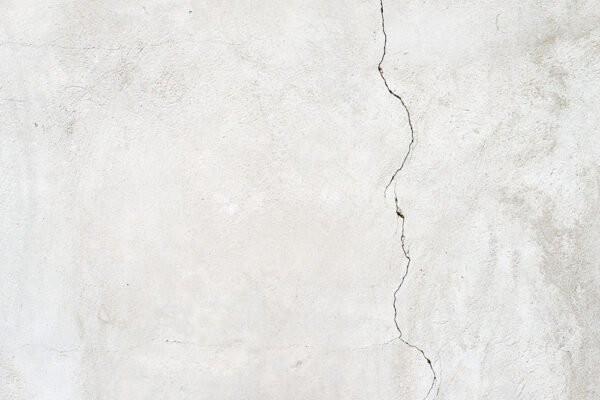
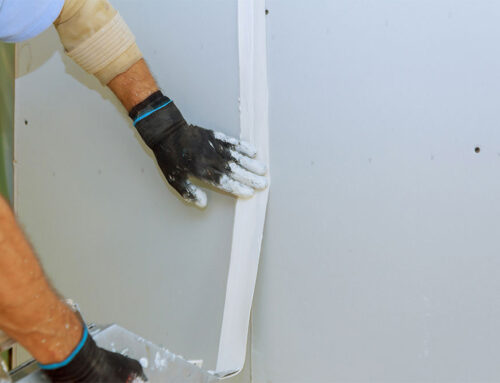
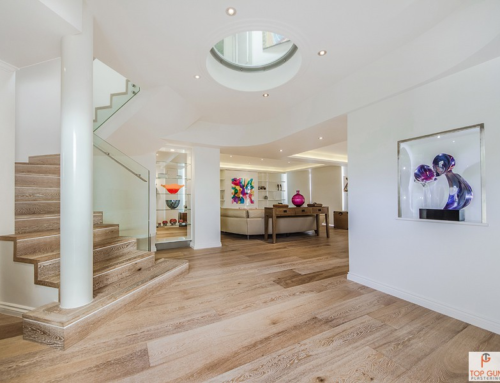
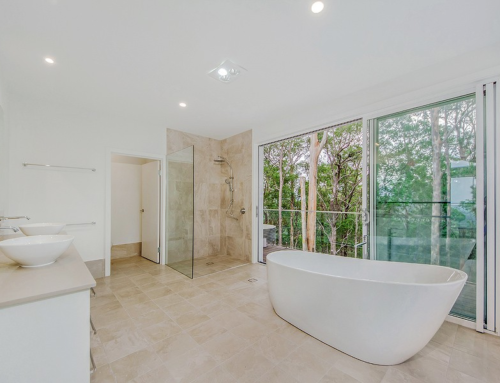
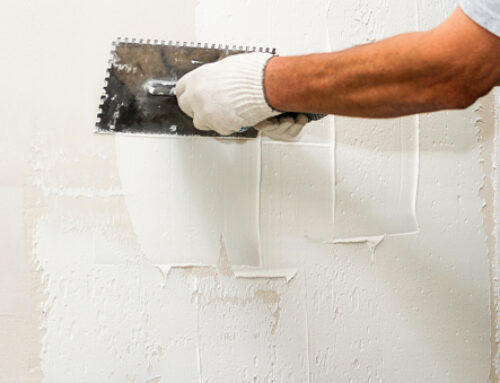
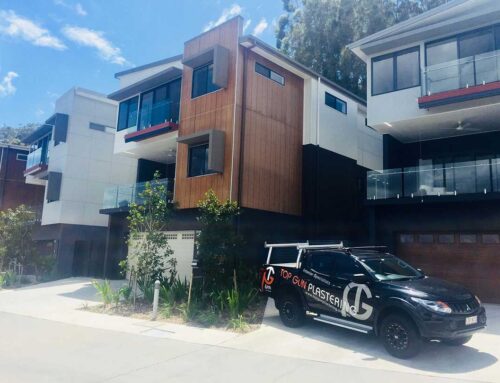
Recent Comments